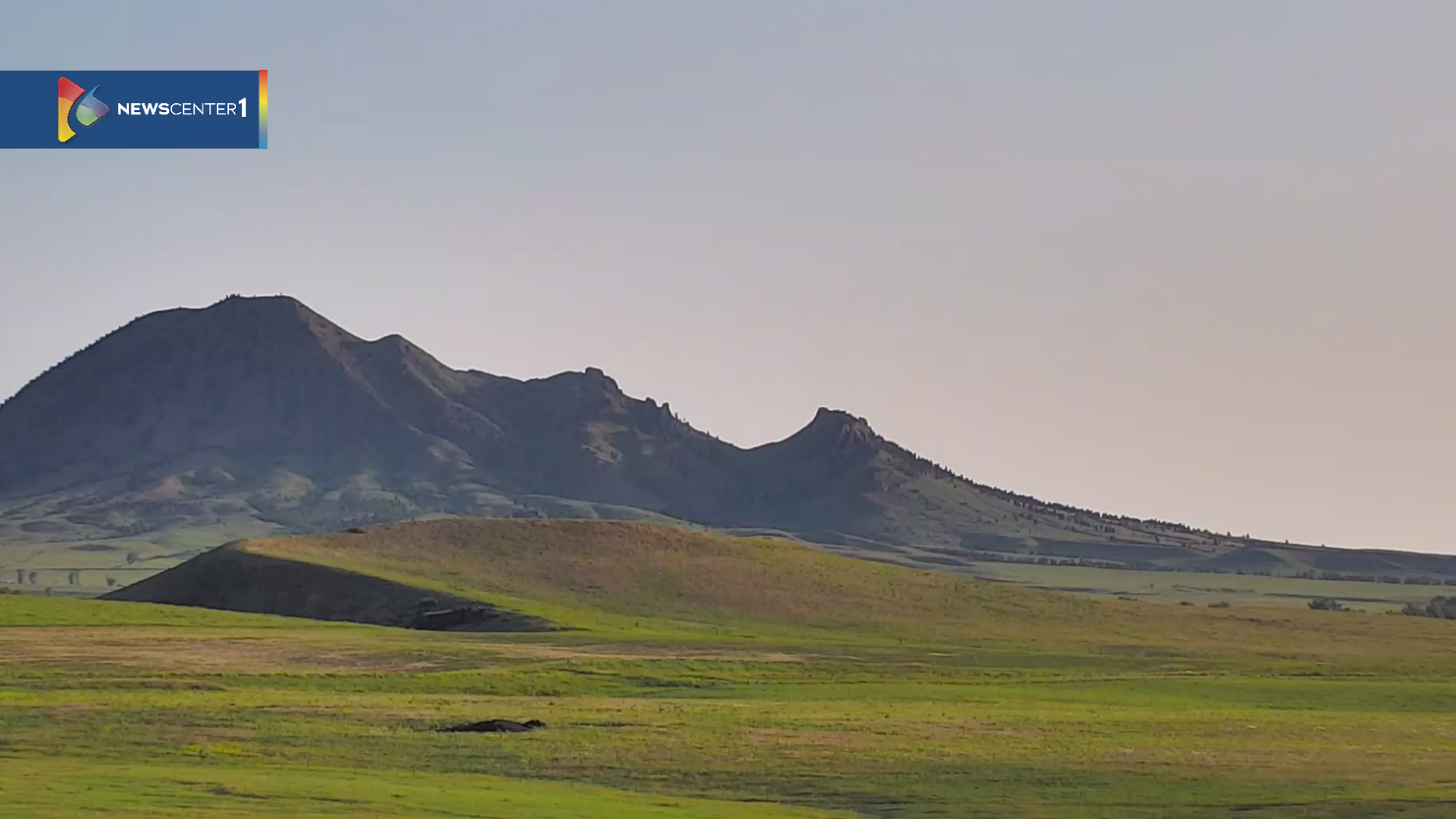RAPID CITY, S.D. — June 23 marks International Women in Engineering Day – a day to recognize the accomplishments of women in the field and encourage young women to consider careers in engineering.Women are still vastly underrepresented in engineering fields but slowly that trend is changing for the better.
ADVERTISEMENT
The City of Rapid City’s Engineering Division of about 20 employs four women civil engineers who are spearheading some of the city’s major infrastructure projects in the areas of water, sewer and streets.Sara Odden, Nicole Lecy, Morgan Falcone, and Michelle Lashley have nearly 80 years of engineering experience combined and encourage young women to explore options.“Certainly, if you have an interest in math, science, that kind of thing, there are lots of options out there today to get exposure. You know, in elementary schools, they have certain steam classes. As you get older, there’s different electives you can take in high school. So expose yourself to those kinds of things and see where your interests lie. And if that’s where your interests lie, pursue that,” Lecy said.The number of women in engineering fields is trending upwards but still women only represent about 20 percent of the field.For women, there are opportunities in the traditionally male-dominated field of engineering.”Say that if, if you’re looking for a career where you can give back to your community, civil engineering is a very good option for that nobody can live without us. We provide the basic facilities that everybody needs, you know, water, wastewater, streets, drainage, you know, things to you know, make our community a good place to live,” said Lashley.“If you’d like to problem solve and tackle problems that maybe somebody else would look at and say, Wow, that doesn’t make sense. You can dig deep, and there’s always a question to answer,” Falcone added.
ADVERTISEMENT
According to the Society of Women Engineers, the number of women in engineering fields has grown modestly in the last 30 years. In 1990, women represented 9 percent of those working in the field; by 2023, that percentage increased to 16.7 percent.
By
Jerry Steinley
Jerry Steinley has lived in the Black Hills most of his life and calls Rapid City home. He received a degree in Journalism with a minor in Political Science from Metropolitan State University in Denver in 1994.



